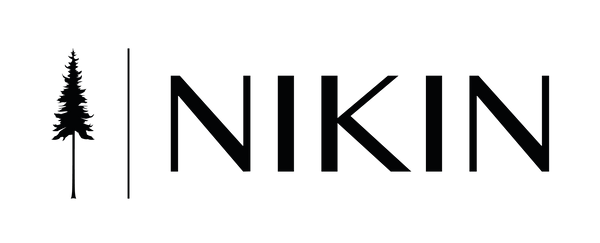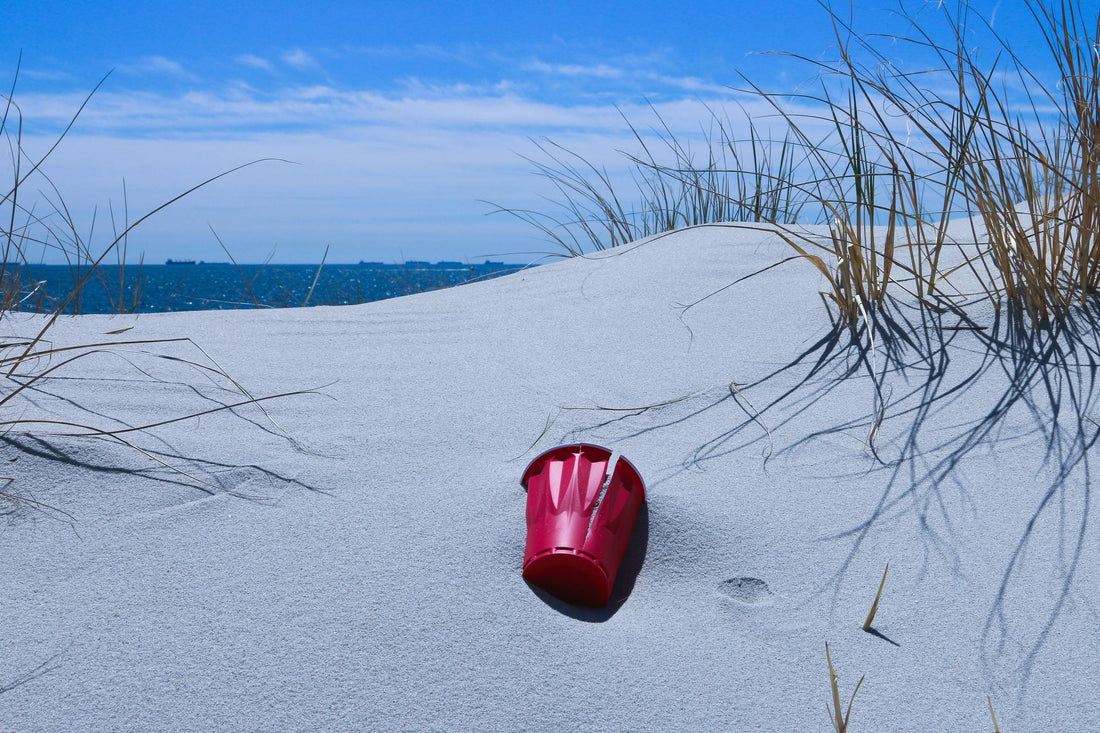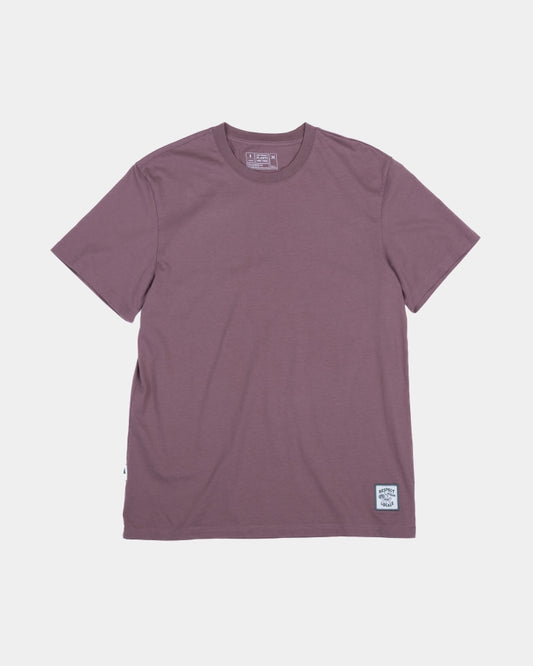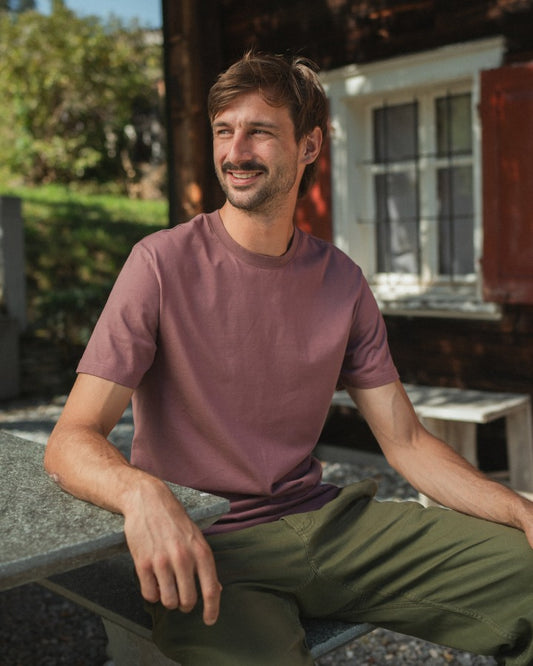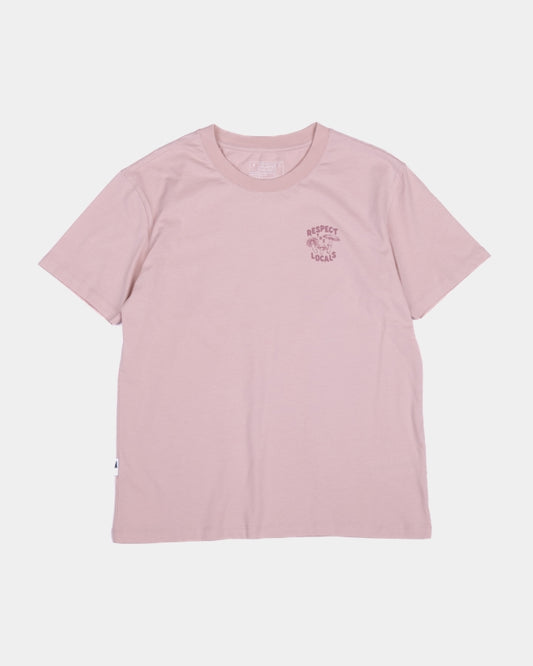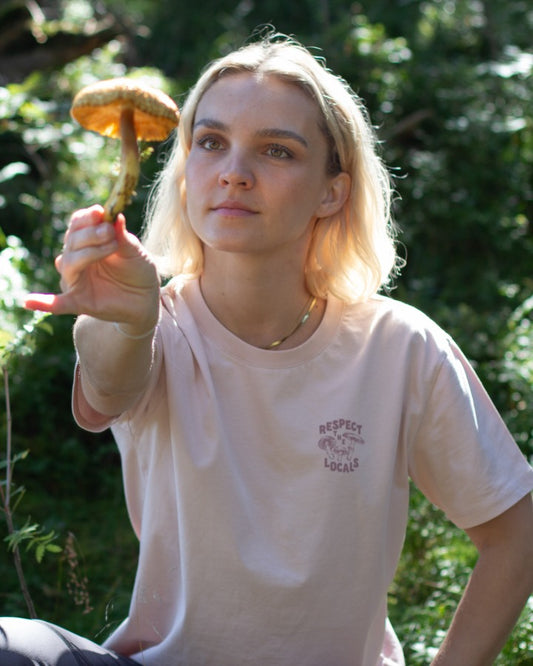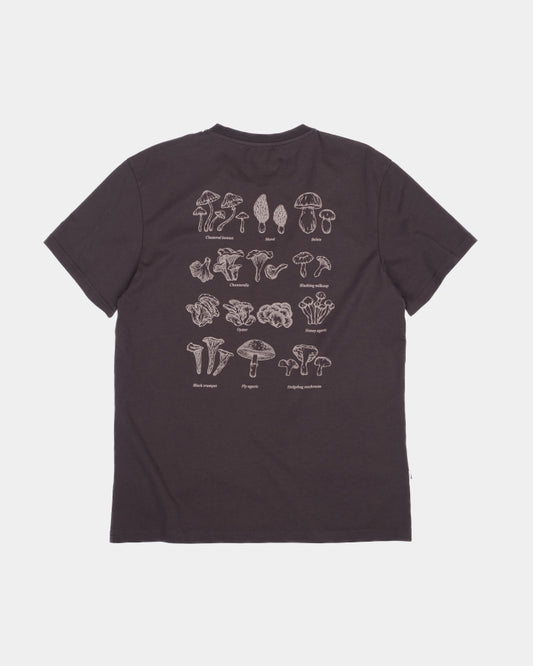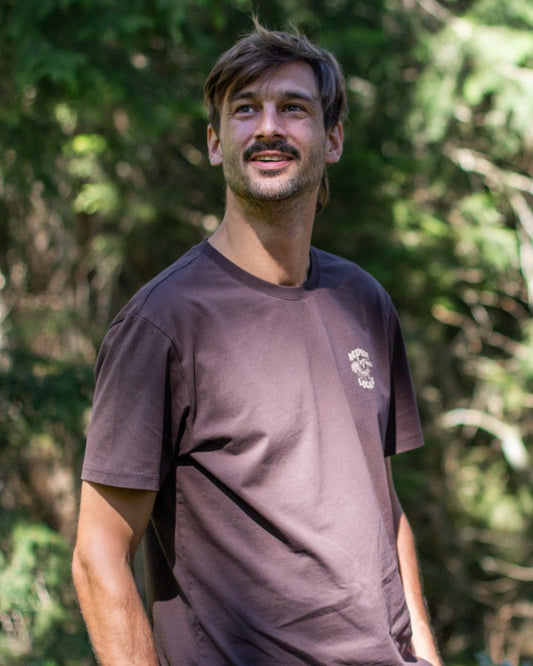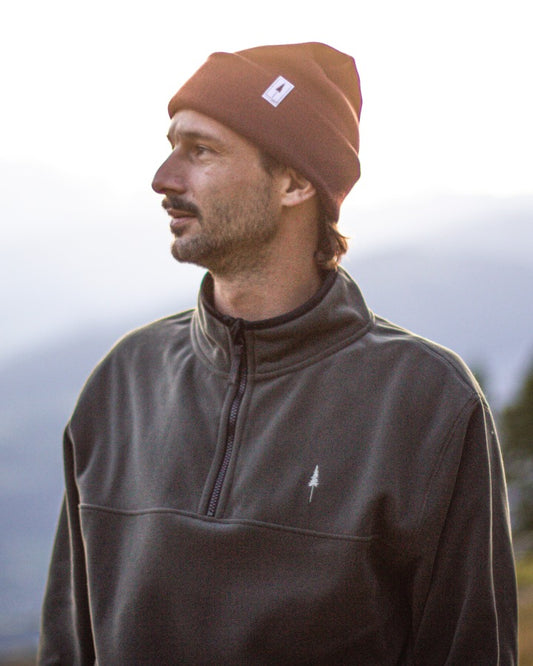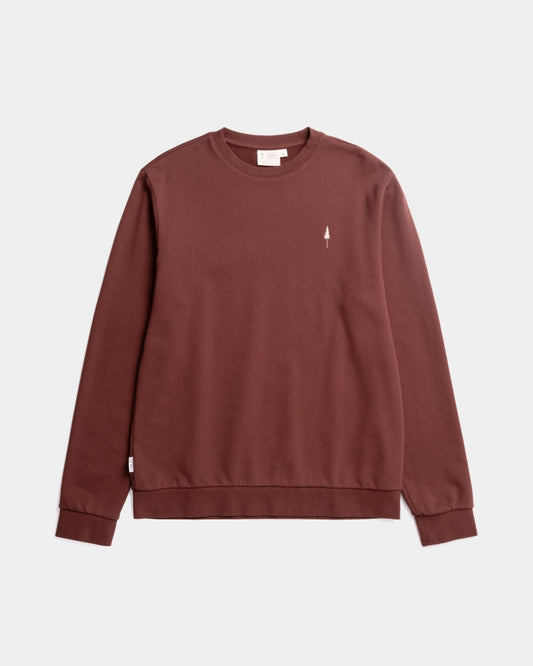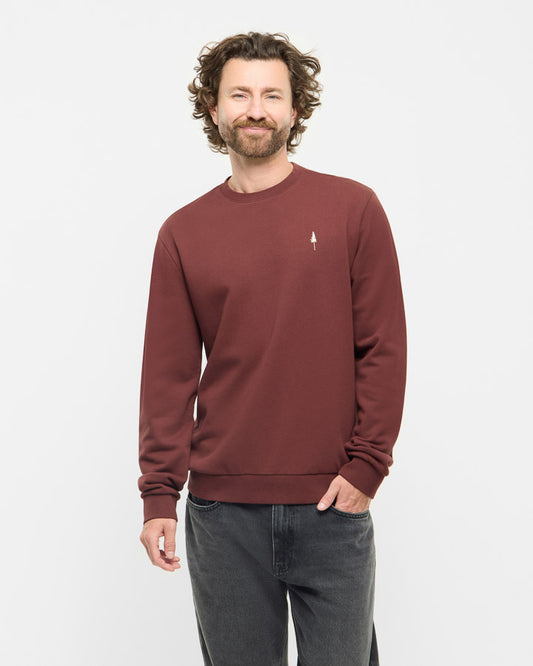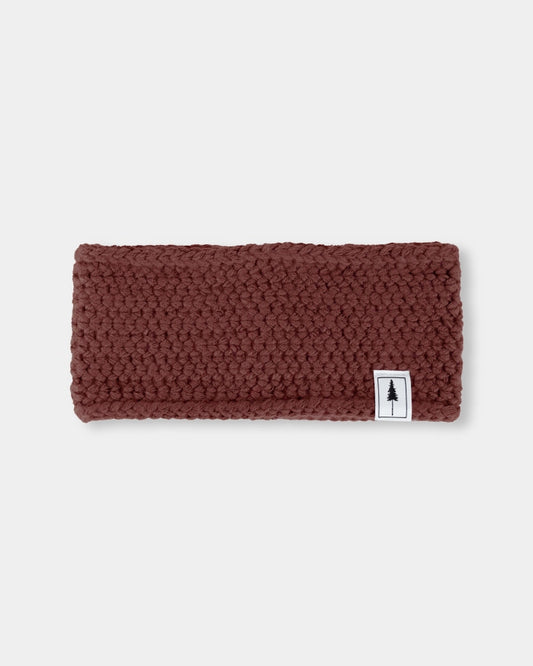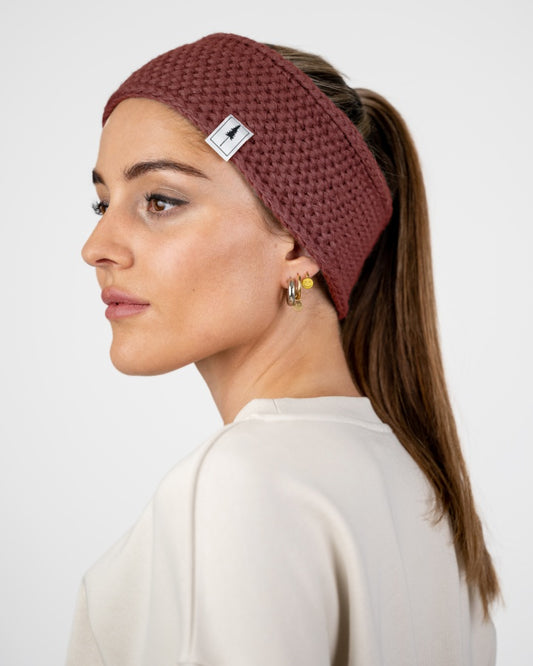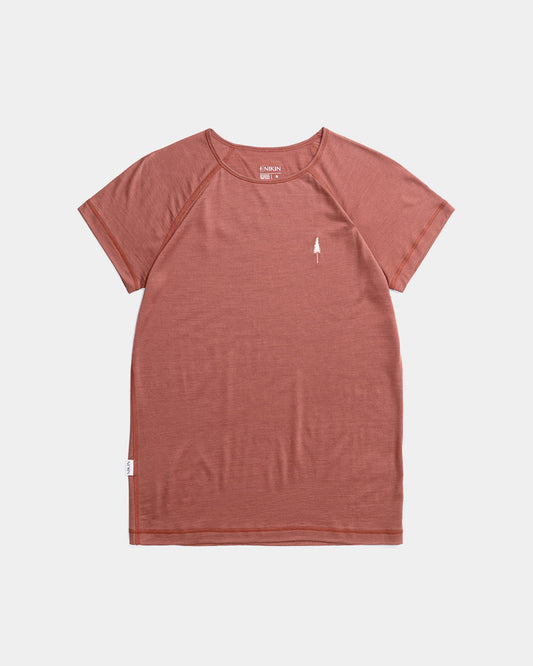Plastic Free July®: no plastic for a whole month. But what is important about that? And how do I live without plastic? We'll tell you!

No plastic for a whole month. This is the initiative of Plastic Free July®. But what is important about it? Why does it make sense to live plastic-free? In this article you will find facts and interesting information on the topic and we explain what plastic and fertility have to do with each other.
There are situations where plastic can make sense, for example when it comes to food waste, i.e. protecting food. However, there are already alternatives here, such as packaging made from sugar cane waste. It would make sense to give preference to these alternatives: in Switzerland alone, 1million tons of plastic are used every year and 5000 tons of plastic end up in the environment every year.

Plastic is everywhere
Of the 1 million tons of plastic that we consume in this country, 780,000 tons arewaste, i.e. they are only used once. The rest is in long-term use, for example in building construction. Plastic is not just packaging waste. It can also be found in vehicles, households, agriculture and electrical goods. 90% of used waste is incinerated, according to a study commissioned by the federal government in 2020.

The invisible plastic
While macroplastics are visible and can be easily removed, invisible microplastics pose a big question mark for human health and the environment. Depending on the plastic, it can take up to several hundred years to decompose on its own. Macroplastics can be tackled effectively by combating littering and raising awareness among the population and the economy. Microplastics, on the other hand, consist of small pieces of plastic less than 5 mm in diameter.

Plasticizers reduce fertility
We cannot see the very small plastic parts with the naked eye. Caution is advised, especially when it comes to plastic from packaging and everyday use. This is because plasticizers, also known as phthalates, are found in many objects such as toys. Phthalates are suspected of influencing the hormone balance in humans.According to the BAG , this has already been confirmed in studies with animals , as fertility was reduced by the microplastics in the animals' bodies. The plasticizer is not chemically bound in the plastic and thus gets into the water (e.g. from PET bottles), into food (e.g. from cling film) and onto the skin (e.g. from cosmetics).
Let yourself be inspired!
But how can we use less plastic? What can a plastic-free July look like? You can find lots of ideas at Plastic Free July® as well as with us throughout the month on Instagram. We also offer you plastic-free alternatives such as the TreeBags and TreeShoppers as well as the various TreeBottles. We hope the content inspires you and that you too can do without plastic here and there. Happy Plastic Free July!
